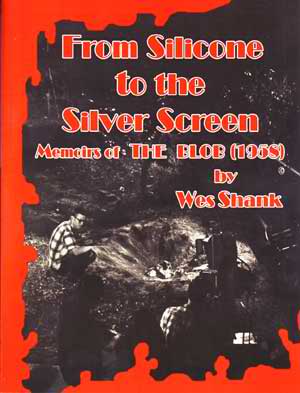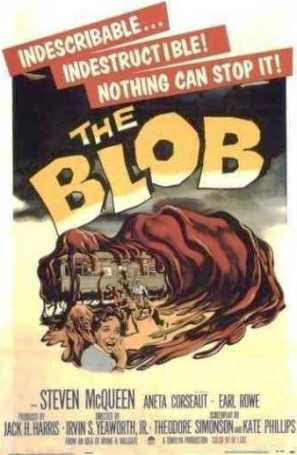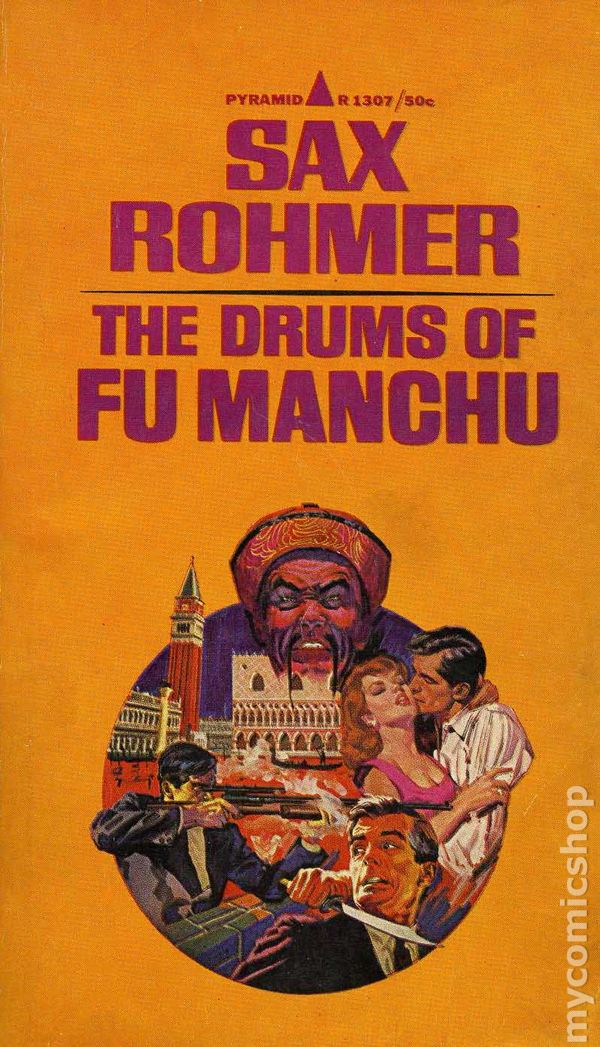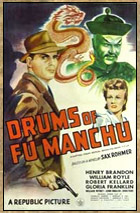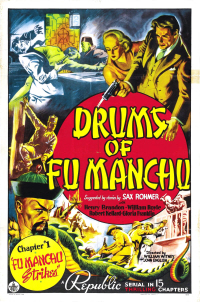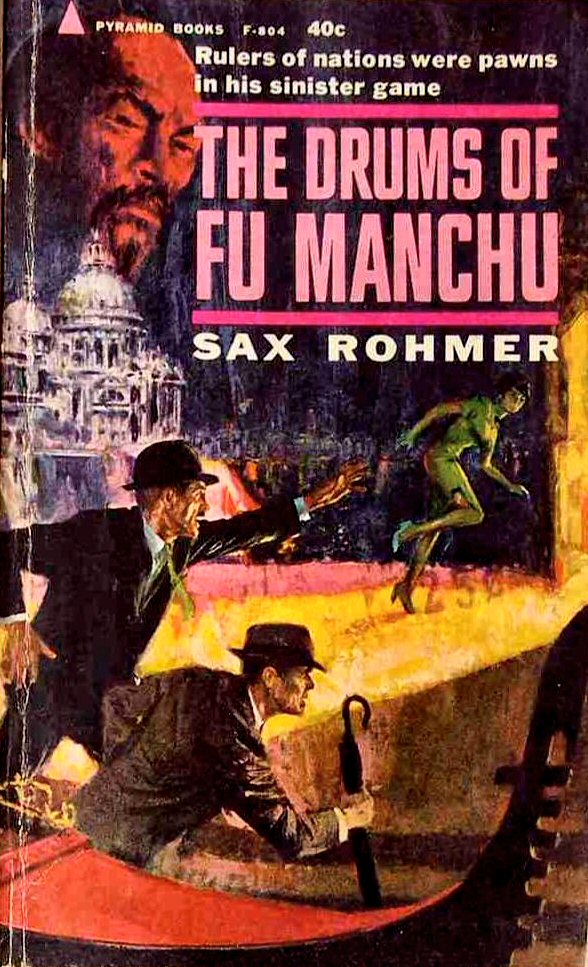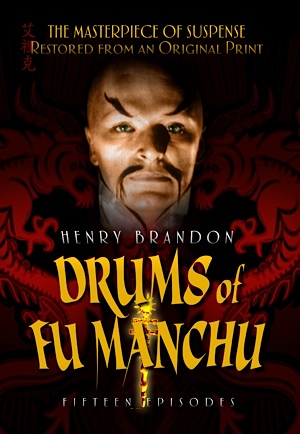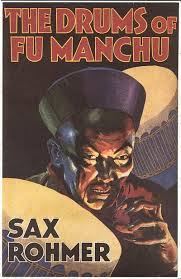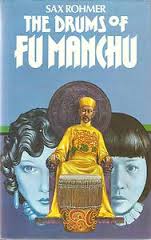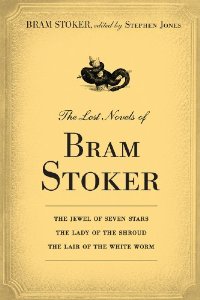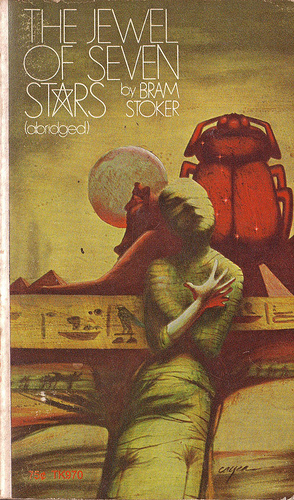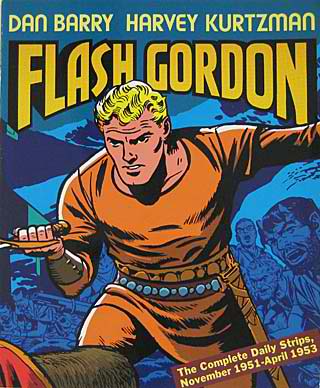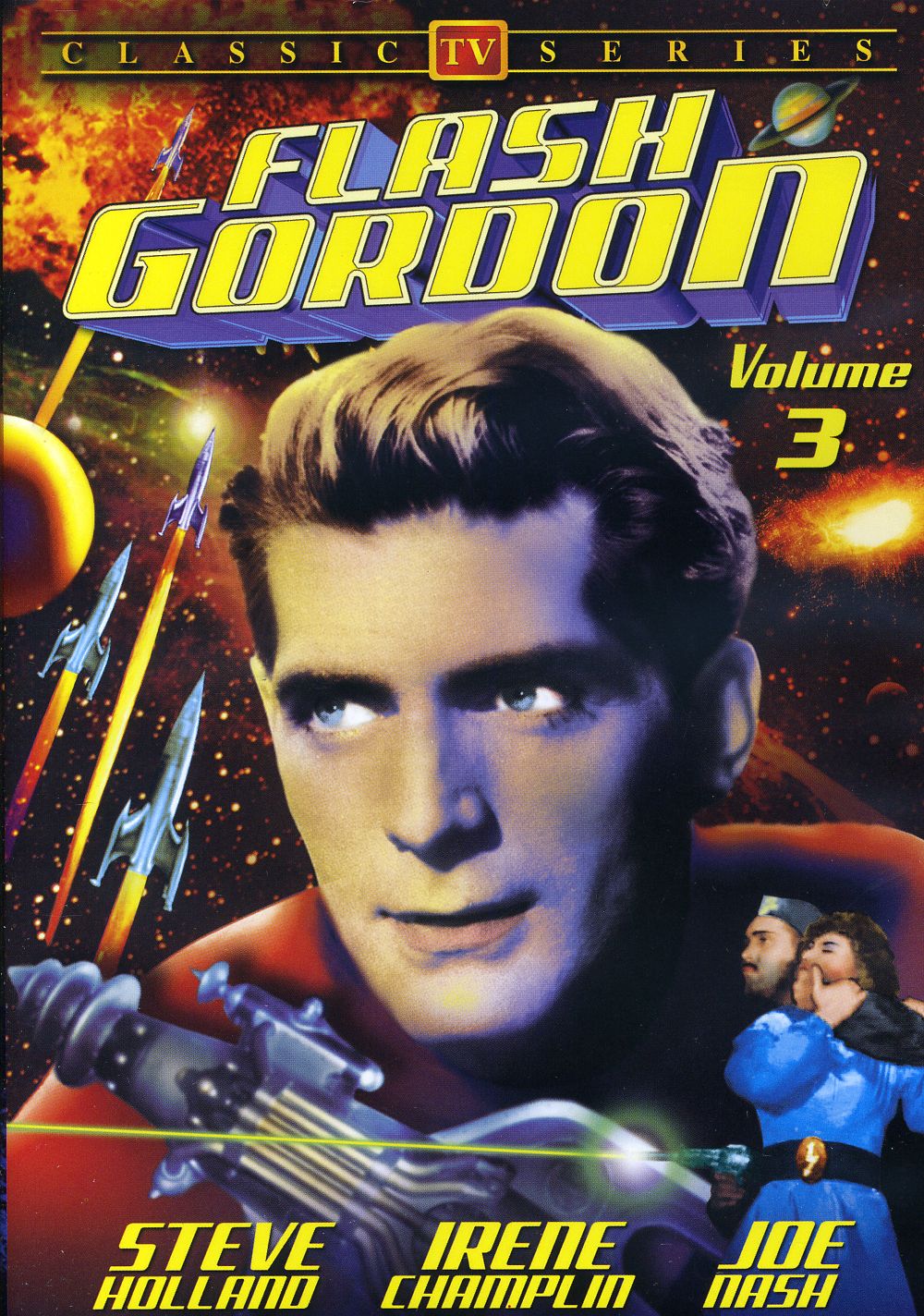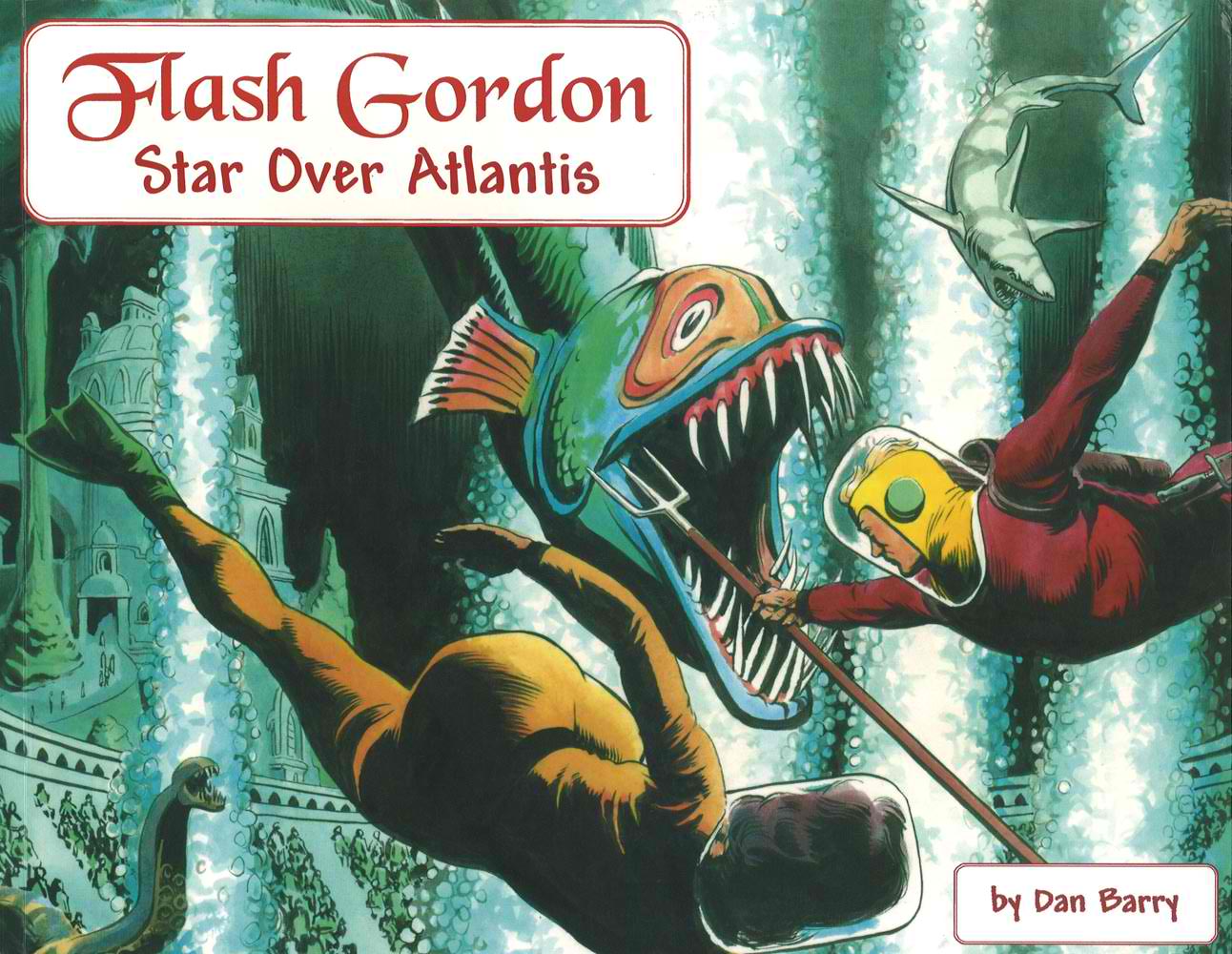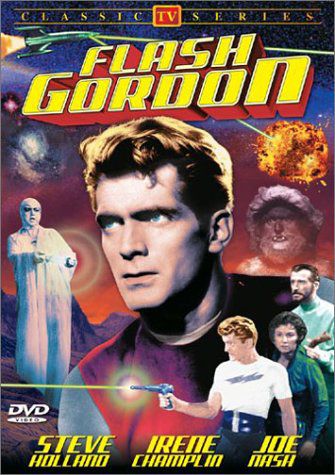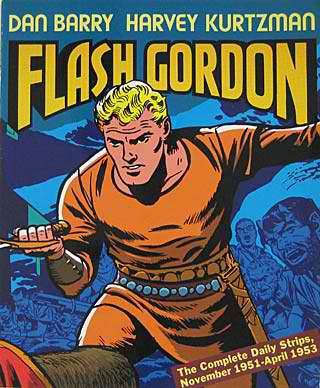Blogging Dark Horse Comics’ The Curse of Dracula
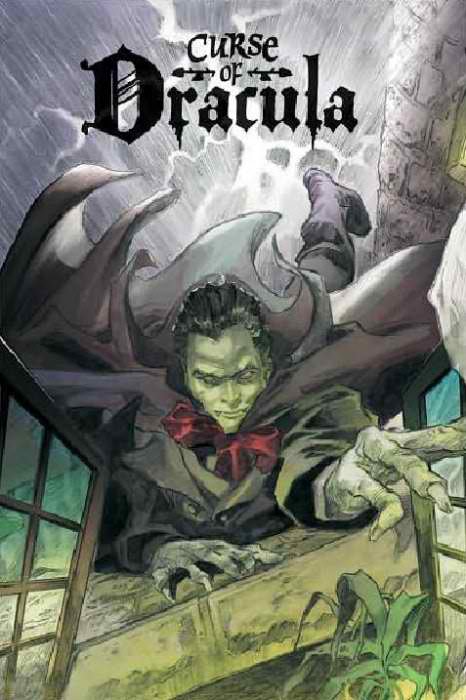
 Marvel Comics’ long-running Tomb of Dracula series by Marv Wolfman and Gene Colan was a landmark in the medium. The award-winning series set a standard in the industry that is still felt four decades on. Marvel shamefully squandered their efforts to turn the controversial monthly title into an adult-oriented comic magazine free from the strictures of the Comics Code Authority. A dozen years later, the duo reunited to revive the series for Marvel’s Epic Comics line, but this highly underrated four-part limited series was not granted the accolades or the follow-up it deserved. Flash forward to 1998 and Dark Horse Comics offered Wolfman and Colan a three-part limited series to reinvent the property for the up and coming rival in the field.
Marvel Comics’ long-running Tomb of Dracula series by Marv Wolfman and Gene Colan was a landmark in the medium. The award-winning series set a standard in the industry that is still felt four decades on. Marvel shamefully squandered their efforts to turn the controversial monthly title into an adult-oriented comic magazine free from the strictures of the Comics Code Authority. A dozen years later, the duo reunited to revive the series for Marvel’s Epic Comics line, but this highly underrated four-part limited series was not granted the accolades or the follow-up it deserved. Flash forward to 1998 and Dark Horse Comics offered Wolfman and Colan a three-part limited series to reinvent the property for the up and coming rival in the field.
The only tragedy is that The Curse of Dracula ended up being another one-shot limited series, despite the storyline’s potential to be expanded further. Much of the Dark Horse series recalls the story and artwork in the Epic Comics limited series from earlier in the decade. The plot is equally complex and adult and the art pushes the boundaries to the edge yet again. Once again, Marv Wolfman is crafting a new set of vampire hunters and has Dracula rooted in the world of politics.
